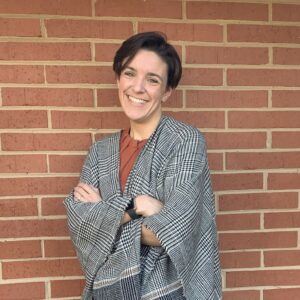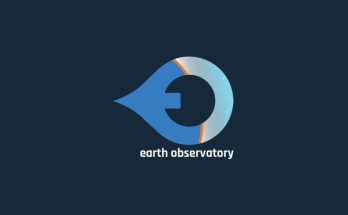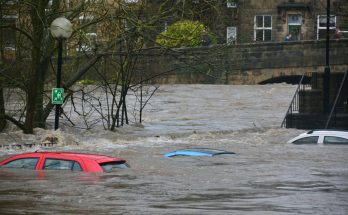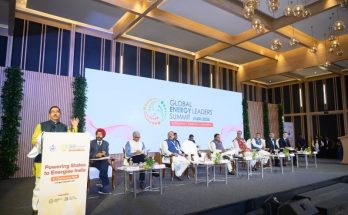Image of Tori. Image credit: Library of Congress
#LibraryOfCongress; #CCHCProject; #DigitalCollections; #Research
Washington/CMED: Centered in Library of Congress (LoC) Labs, Computing Cultural Heritage in the Cloud (CCHC) project, supported by a generous grant from the Andrew W. Mellon Foundation, aims to explore the benefits of a cloud computing environment in the Library can deliver its digital collections at scale.
The Library of Congress’s vast collections and digitized images, audio and video recordings, websites, texts, and structured metadata. With CCHC, Victoria (Tori) Scheppele will help us in the exploration of the service models and technical infrastructure that would support researchers’ connection with this digital content in novel ways.
An interview session was held between Victoria (Tori) Scheppele, working on the CCHC, and Leah Weinryb Grohsgal, LoC’s Program Analyst and Program Advisor to the Director of Digital Strategy.
Given Below is the extract of the interview:
Leah to Tori: We’re excited that you’ve joined the Computing Cultural Heritage in the Cloud team. What is your role with CCHC?
Tori: Thank you. So far, I have been assisting in the creation of documentation and tracking progress for the initiative by documenting cloud services workflows and their access to collections data, including via cloud-based access and storage and developing example user stories for the kinds of patrons who would be looking to work with Library data in the cloud. Besides, I assist in recording meeting minutes, tracking the progress of tasks in our JIRA board, and keeping our collaboration pages up to date
Could you tell us a bit about your professional background?
I have been working full-time in the Library as a processing technician in the Prints & Photographs Division since the summer of 2019 after graduating from the University of Michigan with a master’s degree in the Science of Information. In addition, I also have an undergraduate degree in Art History. Working as an art handler at U of M’s art museum during my studies, I had internships in the curatorial department at the Gilder Lehrman Institute of American History and the Toledo Museum of Art Library. Being passionate about cultural heritage, I love working with collections and making them more accessible to wide audiences.
What interested you about the CCHC initiative?
Being passionate about the exploration of ways to make the vast resources of the Library’s digital collections for computational research accessible in new ways, I was interested in exploring frameworks for more easily facilitating that kind of engagement with our collections.
What sorts of opportunities do you think technology offers that you’re most excited about in this context?
I’m most excited by endless possibilities for new insights, explorations, and analyses in the use of technology of the cloud environment, new kinds of research in unlocking really large amounts of cultural heritage data in a relatively easy way. I can’t wait to see what could be developed when users have access to Library collections in this way.,
Which particular technical or other challenge do you think this project could help to overcome?
With the library’s large collections of information and data, available in a wide range of formats is challenging for researchers to access large quantities of data in a consistent, structured format that works for their particular needs due to computing bandwidth limitations.
The cloud computing environment provides them with comparatively easy access to it without using a lot of computing power.
What are you hoping to learn, or what skills are you hoping to develop, in your work with us here?
I was drawn to this project in particular by the opportunity to work on something that focuses on digital access to Library Collections. In my permanent role, I work very hands-on with collections. Loving to work with cultural heritage material, I hope that this work could provide me with an opportunity to learn more about managing cultural heritage material from the digital side.
I’ve been developing knowledge of cloud service providers and how they can be leveraged for storing and making collections available. I’m also learning a lot about various users’ experiences of the Library’s collections digitally, by browsing our digital collections, using tools like the loc.gov and Chronicling America APIs, Citizen DJ, and Newspaper Navigator. This valuable understanding makes me aware of the Library’s fulfillment of its mission to engage all Americans. This also informs me to think about my work of preparing, describing, and making Library collections available in general.





